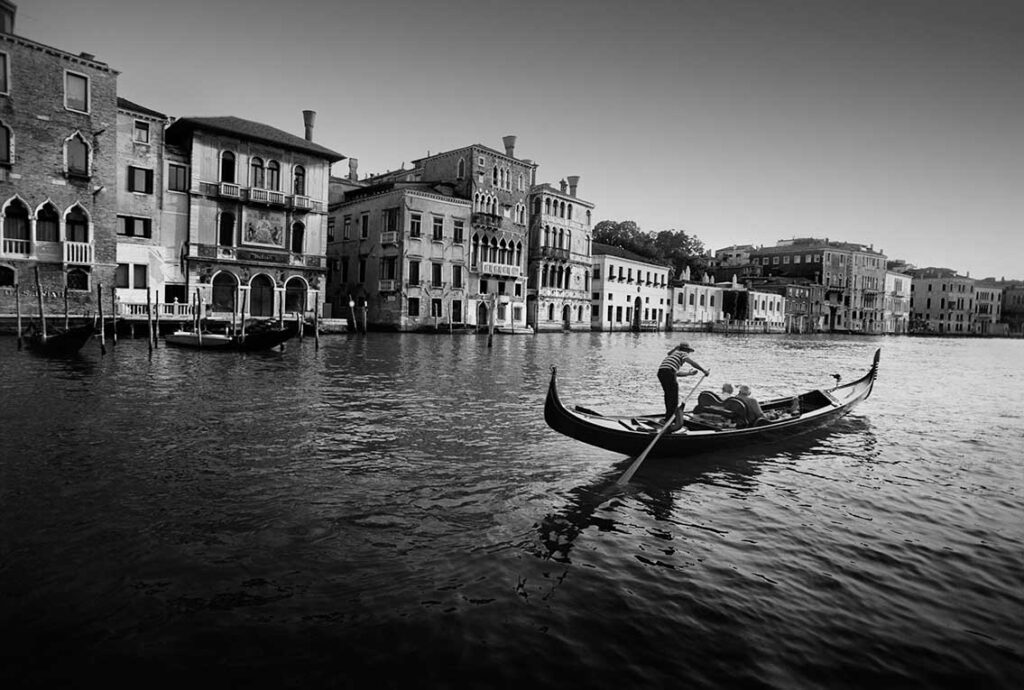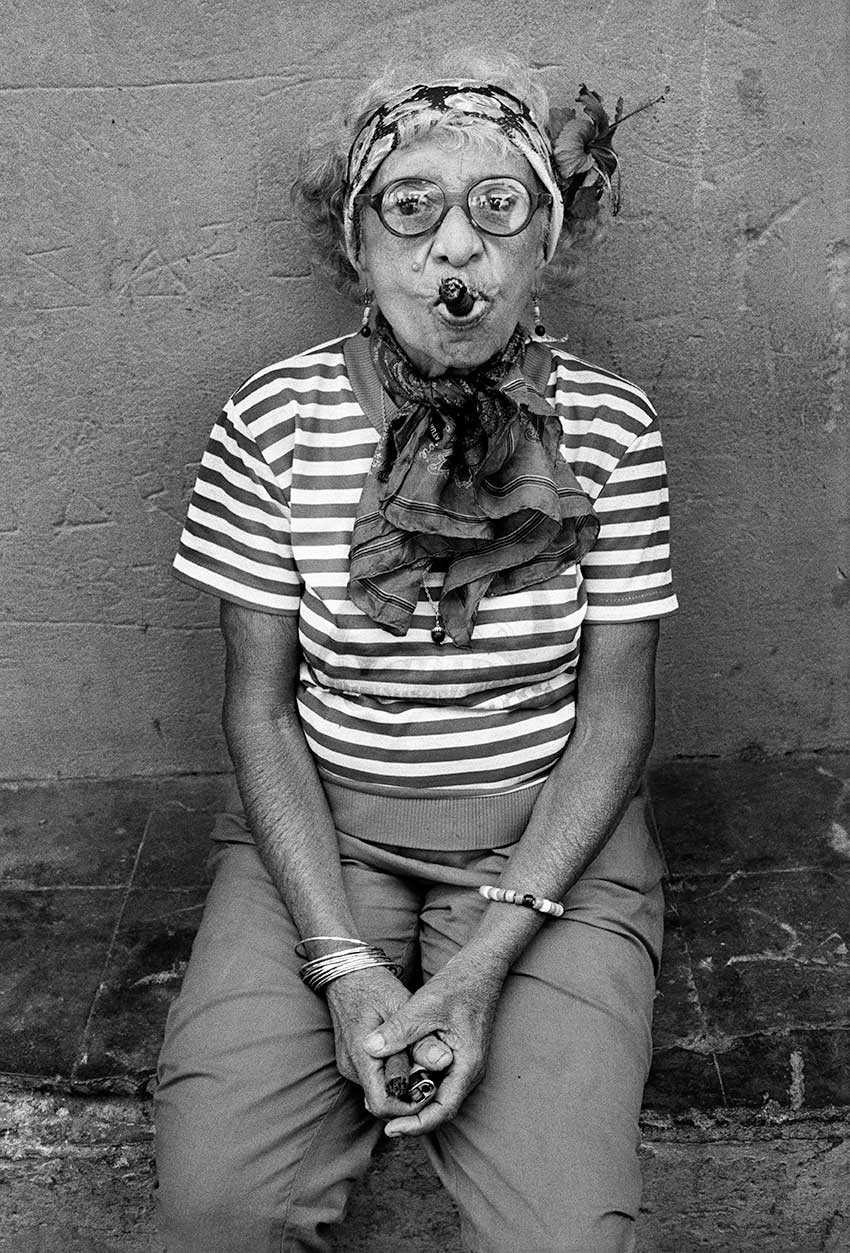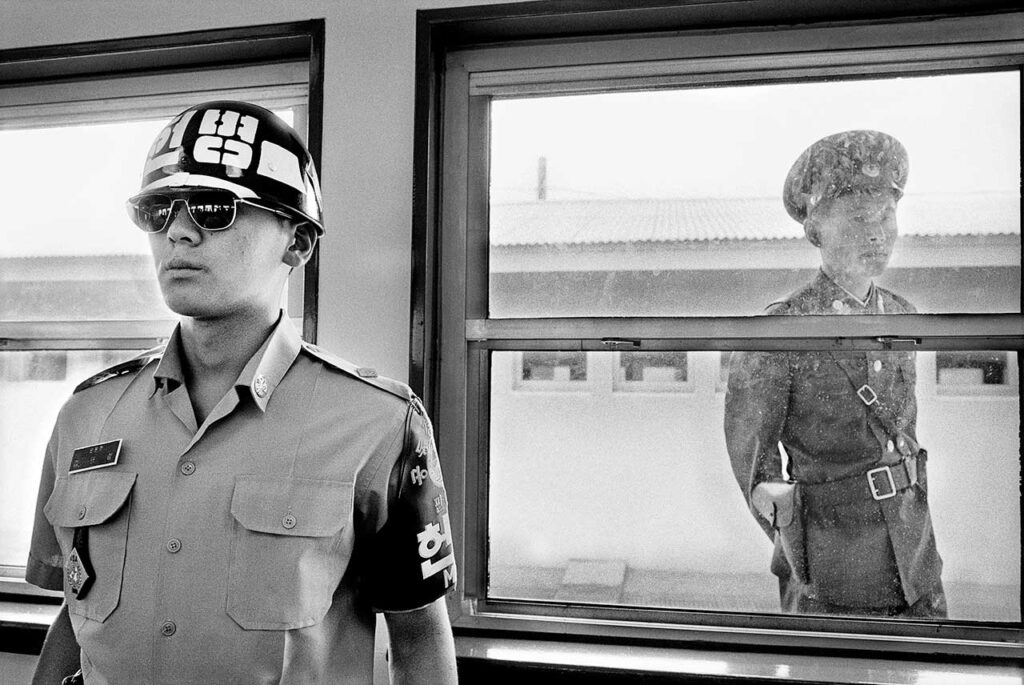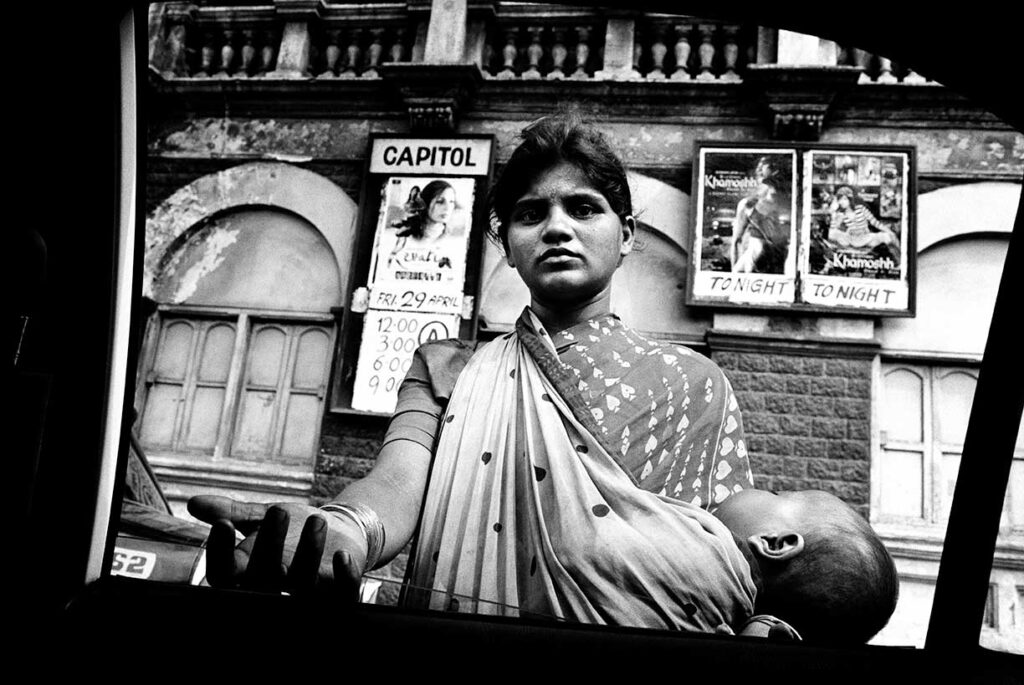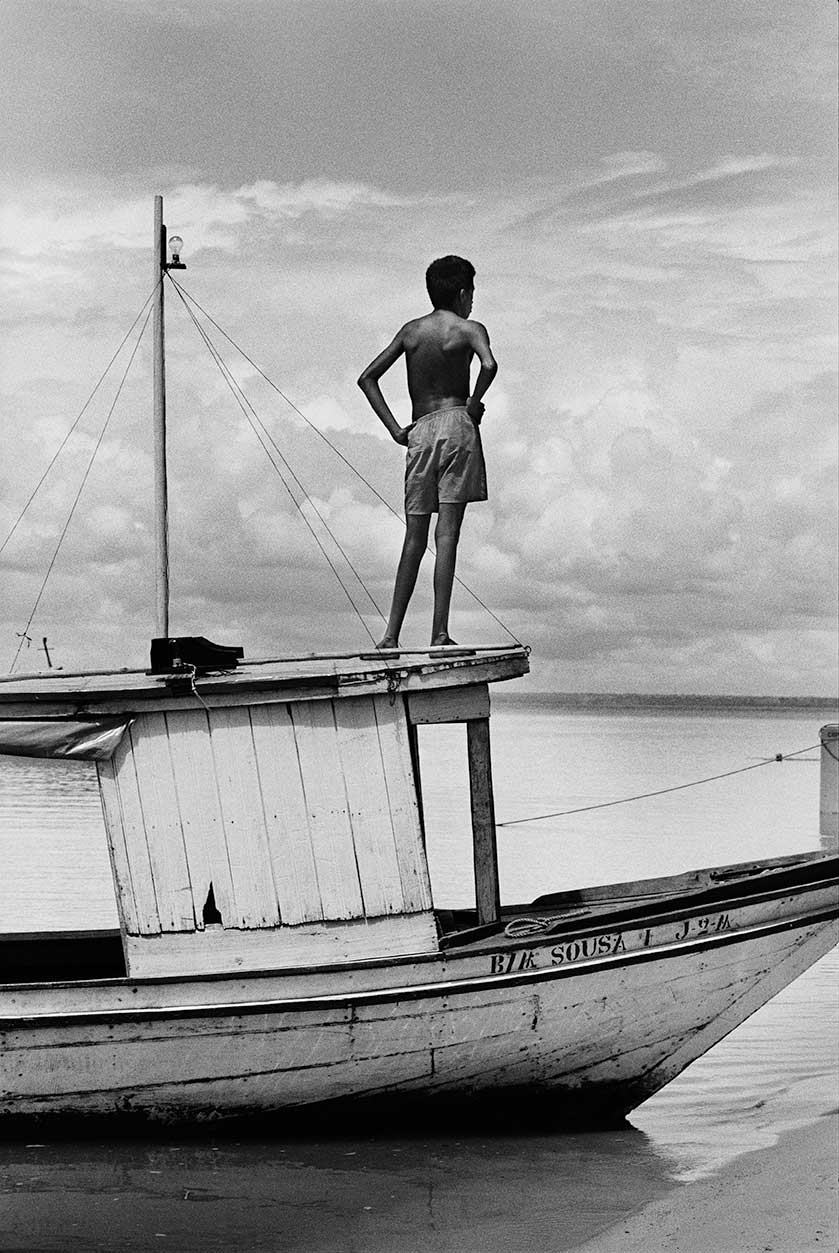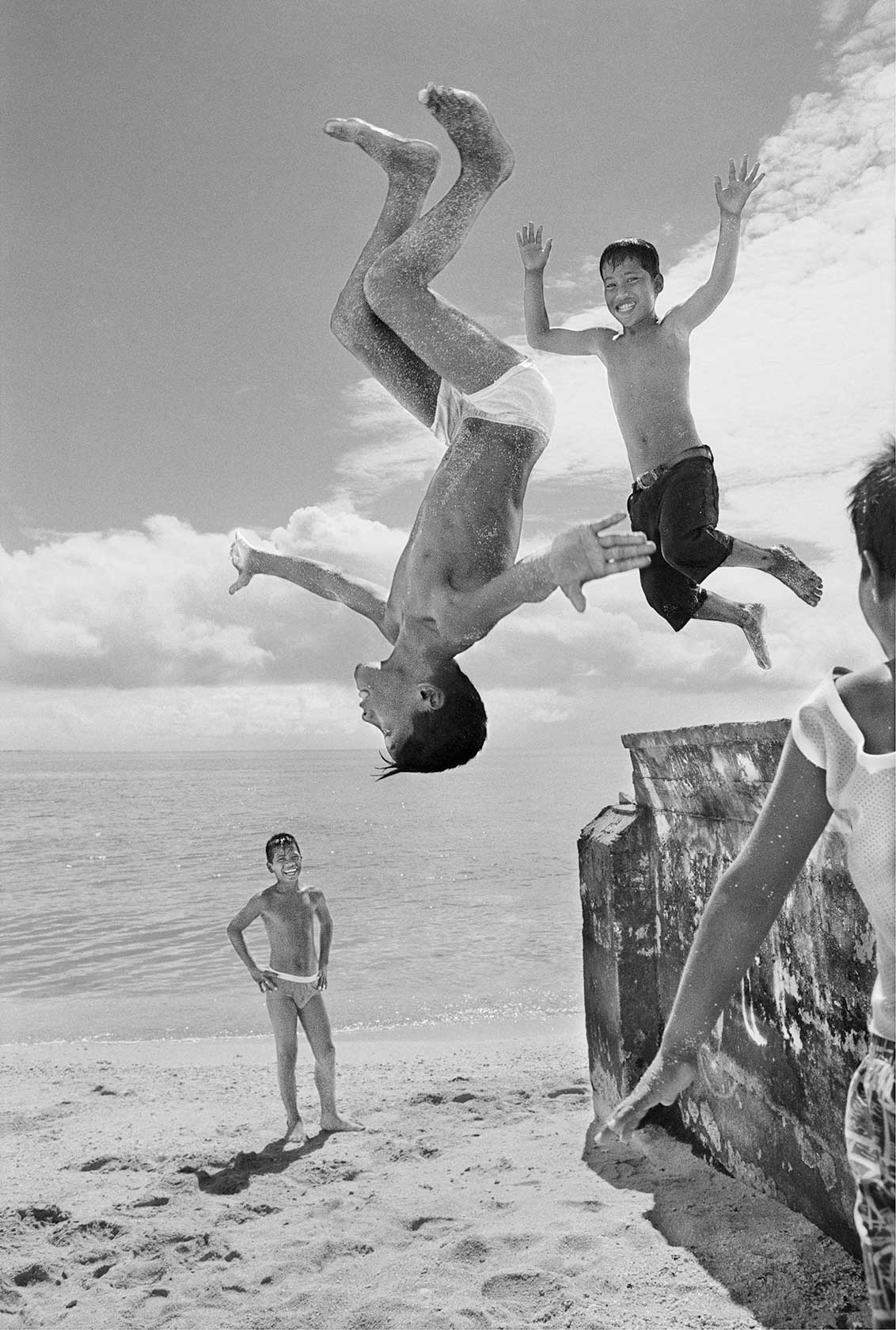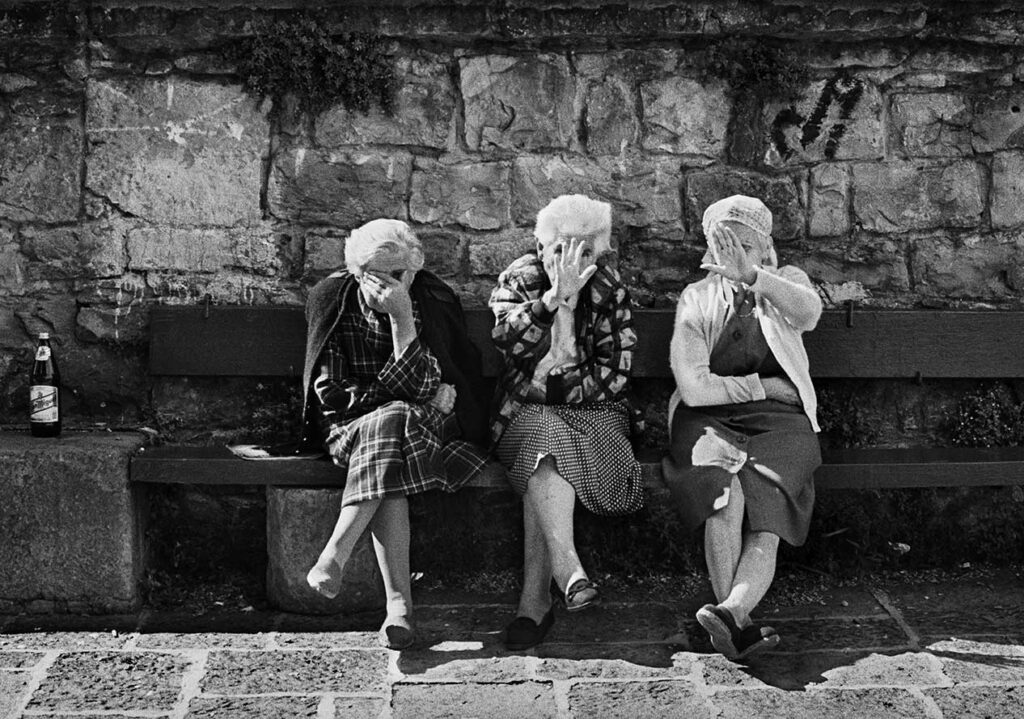Mark Edward Harris: Into the Archives
In everyone’s career, there are pivotal moments that redirect its trajectory.
I remember mine. Soon after The Merv Griffin Show went off the air in 1986, I left Los Angeles for a four-month trip around Southeast Asia and the Pacific islands to build a documentary and travel photography portfolio. I loved my time working on the television show in Hollywood where I took care of celebrities in the Green Room and then shot the stills when they were on stage, but after three and a half years, it was time to move on. The show ending forced me to do what I needed to do. I believe in the saying coined by Alexander Graham Bell, “When one door closes, another opens.” We just have to have the courage to go through one of them without knowing what’s on the other side of the threshold.
The images from that trip around the eastern Pacific Rim yielded a portfolio that I could use to pursue the kind of photography I wanted to do and am still doing today. But it would not be for another half a decade that I would come to the realization that I needed to create more focused bodies of work if I wanted to share my visual voice through published books and solo exhibitions.
Examples of this approach can be found in “The Way of the Japanese Bath,” which started in 1992, and my photographer portrait and interview series for “Faces of the Twentieth Century: Master Photographers and Their Work,” which also began in the early 1990s. My extensive work in Vietnam that began in 1994 (recently featured in Lens Magazine), along with most of the photos presented here, made their way into my general travel photo book, “Wanderlust,” as well as numerous magazines and exhibitions. Though the book won some awards and both its 1st and 2nd editions were commercial successes, I feel this umbrella approach is too vague for a book except when it’s a retrospective. Even in that case, the work should be presented in a way to give it coherency.
Presented here are a variety of images, most that first appeared in Wanderlust, that for the most part, are not connected to any major series, but I think are still worthy of seeing the light of day (after being properly bathed in the fixer, of course).
I quickly tracked down these images on my OWC hard drives by having developed naming protocols for the scanned negatives. For example, having named a file “Italy_Venice_gondola.tif brought me to the image of a gondola plying the waters of the Grand Canal in Venice.
Another photo epiphany came in 2005 when I was getting ready to head to North Korea for the first of what has been 10 trips to date. I decided to shoot in color rather than my usual black and white and in digital rather than film. These decisions were based on my thought that the country was so off-the-beaten-path that I should show it as close to reality as I possible rather than through the more interpretive filter of black and white.
The decision was also influenced by the evolution of digital cameras to the point that I felt comfortable making the transition from analog. This allowed me to go into the DPRK lower key, in other words, without my usual airport X-ray protecting lead bags filled with rolls of film.
My book, “North Korea,” was named “Photo Book of the Year” at the International Photography Awards in 2014 and has images within its pages that have been featured in hundreds of publications around the globe, including Vanity Fair and the Los Angeles Times Magazine.
The point is, once again, it was a focused body of work.
Now that I am shooting exclusively in digital, I leave the file numbers created on my RAW files to travel with the processed images, along with the country and city names. I use this protocol because I’m focused on travel and documentary photography. If I were a studio photographer, I would use another file naming protocol. Different photographers use different methods. The key is to have a filing system that enables you to quickly access images for an efficient workflow.
While I started my career with my father’s Konica and Canon AE-1 cameras, then bought my own Nikon FM’s for my documentary work and a Bronica and Hasselblad for my advertising work, followed by a dozen other Nikons until my present-day Nikon Z9, it’s still my same eye looking through the viewfinder. It just has some more wrinkles around it.
Even in times of turmoil and when assignments bring me into conflict zones, I still try and focus on daily life. Though it’s important to present the world with the reality that there are wars, natural disasters, and political strife, the news tends to focus on it. But the human condition is made up of so much more than these negative situations. Perhaps in these images, we can see a more balanced approach to documenting our shared existence.
I agree with the great Magnum Photos photographer Elliott Erwitt who told me, “I’d like to see photographers shoot duller things and make them interesting. I don’t mean like wilting lilies or flower arrangements, but human stuff. Stuff that doesn’t jump out at you. Life is not only misery and hysteria but also everything in between.”

